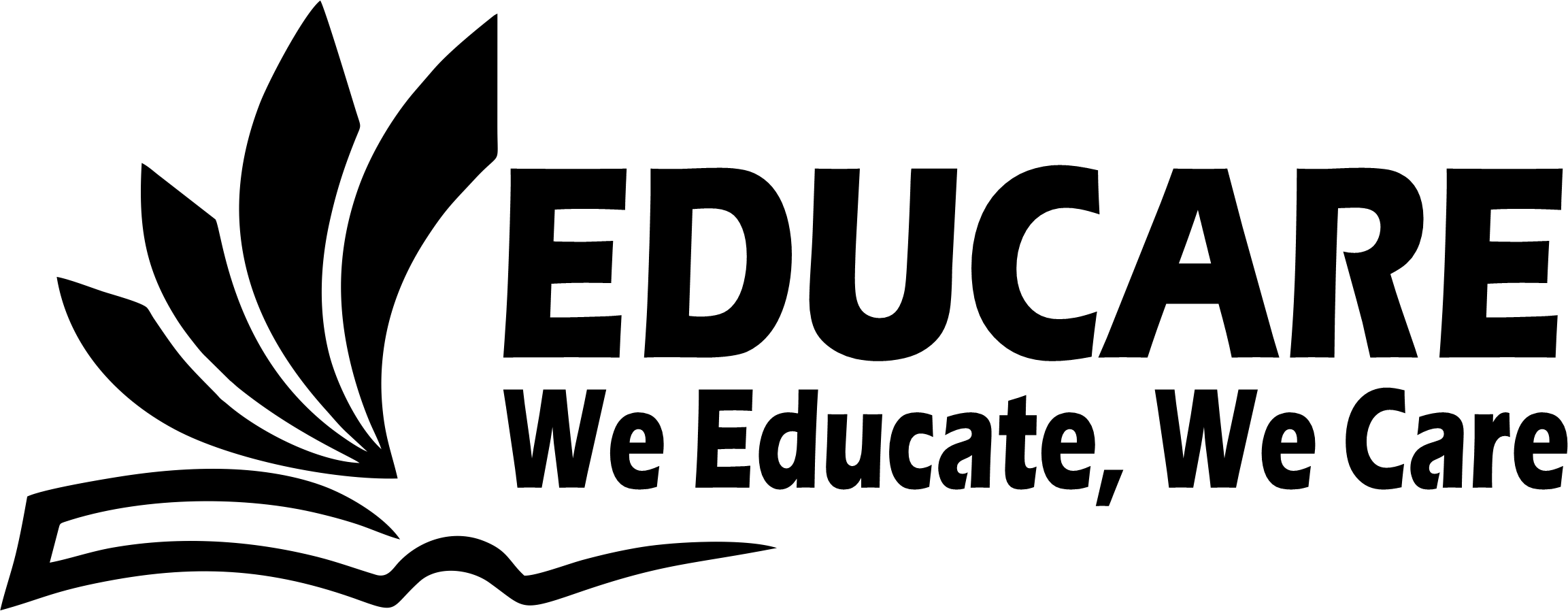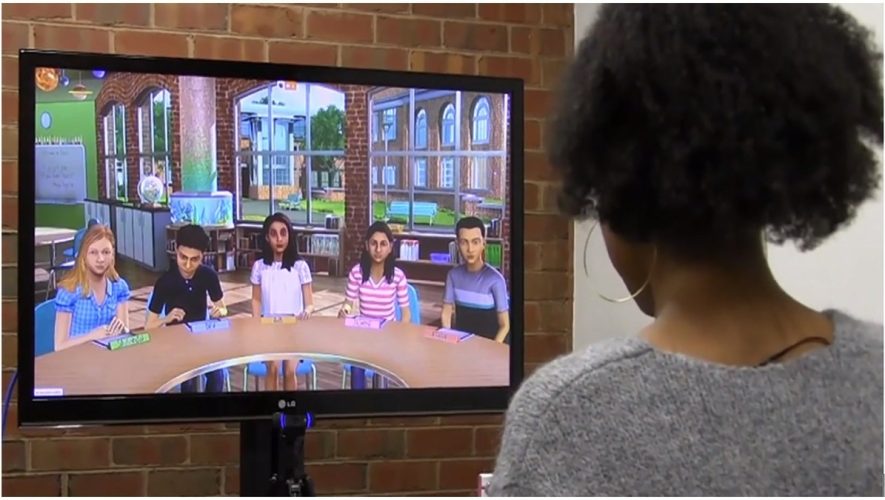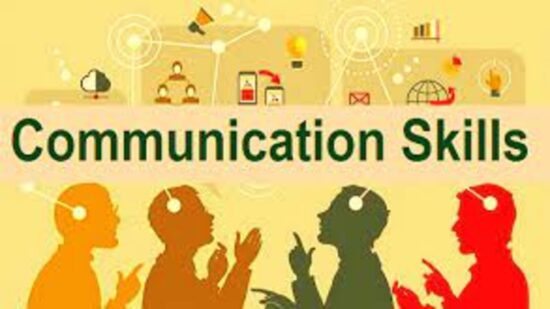Introduction & Origin
Simulation is an activity that can contribute to a successful and highly enjoyable experiences. It engages students by placing them directly into the conflict of the real situation. It comes alive as students interact with one another.
Since a long time ago, simulation has been used by human and even animal to train their young ones for adaptation with their environment. At first, chess was assumed as the original form of the war game. Later on, it developed into more serious and sophisticated military game to train new soldiers. In the recent times, the simulation technique has been applied successfully in the last decade in education .The advantages of the technique has been known all over the world by educationist. It is the evidence of the importance of simulation technique that The National Games Council was established in 1961 in USA and in 1970, the International Simulation and Games Association was found in Germany.
Definition of Simulation
S.S. Chauhan defined gaming and simulation as “a gestalt communication mode, a future’s language which combines a game-specific language and appropriate communication technologies with the multilogue interaction pattern.” (Chauhan, 1979: 120)
Gestalt psychology is related in some ways to the philosophy now known as constructivism. Constructivism holds that learning can happen most effectively when people are actively making things in the real world. Constructivism is connected with experiential learning and builds on some of the ideas of Jean Piaget.
Learning through Simulation
Simulation or Role-playing is an extremely valuable method for learning. It encourages thinking and creativity, lets students to develop and practice new behavioral skills in a relatively nonthreatening setting, and can create the motivation and involvement necessary for learning to occur.
Situation that students are probably to meet when using skills in the real world can be simulated in games. Role play games enable students to take an imaginative leap out of the limited classroom. It provides a useful real – life skill use. Games can provide a context for learning, opportunities for inquiry and framework for collaboration and games help students to develop key learning skills such as cognitive processing, logical thinking and independent decision making. Educational games are games that have been specifically designed to teach people about a certain subject, expand concepts, reinforce development, understand an historical event or culture, or assist them in learning a skill as they play.
The Role of Teacher in Simulated Teaching
Chauhan (1979: 125) stated that in a gaming situation the teacher should behave like a consultant, a referee, or both. At first, the teachers introduce the game to the students, during the games the teacher acts as a consultant to those who need assistance in interpreting the rules or in making moves in the game. Finally, after the game ends the teacher can discuss all about the game process with the students.
Teacher’s role in simulated game can also be concluded as quote from Jones (1982), “…the teacher becomes the Controller, and controls the event in the same way as a traffic controller, helping the flow of traffic and avoiding bottlenecks, but not telling individuals which way to go.”
Again, this is consistent with Scarcella and Oxford’s (1992) principles. Rather than a traditional, teacher-centered classroom structure, the teacher keeps a relatively low profile and students are free to interact with each other spontaneously. This reduces student anxiety and facilitates learning. The teacher must take on some additional responsibilities in role playing/simulation. In particular, the teacher must keep learners motivated by stimulating their curiosity and keeping the material relevant, creating a “tension to learn” (Burns and Gentry, 1998).
Conclusion
Simulated teaching is an innovative approach because students engage in genuine communication in playing their roles. Active involvement stems from participation in worthwhile, absorbing interaction which tends to make students forget they are learning a new skill. Students have the opportunity to try out new behaviors in a safe environment, which helps them develop long-term motivation to master additional skills. In addition to encouraging genuine communication, active involvement, and a positive attitude, the simulated “real life” problems help students develop their critical thinking and problem solving skills. If the role playing/simulation technique is employed, it should be integrated with other learning activities, given the preparation and care which is required in any learning method, and adapted to student needs and level. If these guidelines are followed, it can be a rewarding experience for both the students and teacher.
OTHER RELATED POSTS



